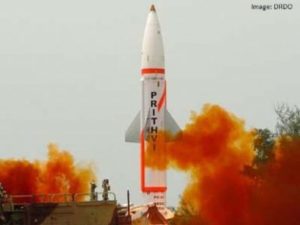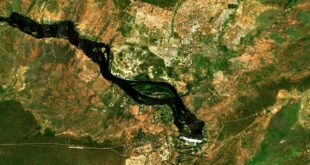
NASA Administrator, Jim Bridenstine, has expressed his concern in the days after India’s Defence Research and Development Organisation (DRDO) successfully carried out the country’s first anti-satellite (ASAT) weapon test against an out-of-service Indian satellite orbiting the Earth at 300 kilometres altitude on Wednesday, 27 March 2019, at 11.16 am Indian Time.
The test was carried out by DRDO from its test range in Balasore and reportedly took three minutes from launch and target impact through to post-impact confirmation. The ASAT test means that India is now one of four countries to have carried out a kinetic, direct-ascent ASAT missile test along with the United States, Russia, and China.
Addressing NASA employees, Bridenstine said that the test was a “terrible thing” and that, in the process, it had created pieces of orbital debris which could pose danger to the crew on board International Space Station. The NASA chief said that the pieces of debris that are large enough to be tracked, are being monitored by NASA. He said: “objects big enough to track—we’re talking about 10 centimetres or bigger—about 60 pieces have been tracked”. He expressed concern about 24 of the pieces of debris and said that they are “going above the apogee of the International Space Station”. He told the gathering that the risk of collision had increased by 44 percent over 10 days.
Space debris poses a very significant problem for space. Zombie satellites, spent rocket stages, paint flecks, nuts and bolts circle the Earth in what are already becoming crowded orbits and travel at great velocity, with the potential to do great damage. The objects pose a threat to operational spacecraft and the space environment.
Though the Indian satellite was destroyed in Low Earth orbit, Bridenstine said: “That kind of activity is not compatible with the future of human spaceflight.”





